One of the highlights of my recent long weekend in Warsaw was a guided walking tour through the up-and-coming Praga neighbourhood, on the eastern bank of the Vistula river.
Praga started life as a small settlement that was completely separate from the city of Warsaw. Even once it was granted a city charter in 1648, failed attempts to build a permanent bridge across the river meant that Praga continued to exist as a separate entity well into the 18th century.
As a result it escaped the majority of the World War II bombings that almost completely destroyed large chunks of the city on the west bank, and is now home to some of the oldest surviving buildings in Warsaw. In fact there are many streets in Praga that – if you ignore the modern cars parked along the roadsides – look much the same as they did over 70 years ago
It was because of this that Roman Polanski made the decision to shoot many of the scenes from his Oscar nominated 2002 film, The Pianist, here in Praga.
Incidentally, it’s probably as a result of The Pianist that outsiders have begun to notice Praga in more recent years. Because, for a long time, and still to a certain degree today, it’s always been regarded as the rough part of Warsaw. An area frequented by drunkards and brawlers, where the streets were ruled by the criminal underworld; a place where outsiders – particularly foreigners weren’t welcome.
You see, post-war redevelopment never reached this side of the river, and the area simply fell into decline. Those who could afford to moved over to the west bank, leaving the poorest of Warsaw’s residents living in Praga, in houses lacking basic commodities such as heating and hot water.
But now, with the rising house prices and rents on the opposite side of the river, and improved transport links to central Warsaw, Praga is beginning to look a little more appealing as a place to live. Warsaw’s creative crowd has been particularly attracted to Praga’s dilapidated old buildings and many of them have started to transform these buildings into art galleries, museums, theatres, music venues, and organic food markets.
It makes sense then that the majority of the city’s street art can be found in Praga – in the arty, alternative, slightly edgy, rough around the edges kinda neighbourhood that’s been neglected for many years.
However, after attempting our own explorations of Praga the day beforehand, and finding nothing more than a network of rundown streets lined with ugly soviet-era apartment blocks, discount stores, takeaway joints and off-licences (oh, and a building covered with tin foil (?!)), we came to the conclusion that we clearly must be missing something, and subsequently decided to enlist the services of an expert to help us find it.
We googled “walking tours Praga” and that’s where we found Walkative.
Walkative run several free walking tours in English:
- Historic Centre Old Town Warsaw
- Communist Warsaw
- Jewish Warsaw
- Alternative Warsaw
- Warsaw at War
- Warsaw Street Art
However, only their Alternative Warsaw and Warsaw Street Art tours explore Praga. And the former does not run at the weekend. So we decided to join the latter.
The Warsaw Street Art tour runs every Saturday and Sunday at 10:30 hours from St. Florian’s Cathedral (nearest tram stop: Park Praski. Location shown on map below). If you’re visiting between April and October, the tour also runs on a Thursday at the same time.
Considering that we were travelling in low season, in the second week of February, and that this isn’t even one of Walkative’s most popular tours, we were quite surprised to find so many other people waiting at the meeting point.
There was a refreshing mix of nationalities and ages, as well as a good gender split. Most of us were holidaymakers/travellers (including a couple of other girls who’d come in on the same Wizz Air flight from Liverpool as us), but there were a few expats as well.
Our guide was a local gentleman whose opening line, on a street art tour, was:
“I don’t like art.” (or words to that effect)
It materialised that he was referring to art in the more refined sense of the word – to oil paintings, watercolours, opera, and the like – but it did result in a rather baffled reaction from his audience.
At first I thought we’d ended up with some kind of unenthusiastic oddball as our guide for the next couple of hours, but as time time wore on it came to light that he just had an incredibly dry sense of humour, and by the end of the tour, we’d actually really warmed to him.
What are the benefits of guided walking tours over self-guided ones?
Although my usual preference is to explore a new city independently (simply because I enjoy the freedom and flexibility, and can move around at my own pace), joining a guided walking tour can have a huge number of benefits.
- Like most guided tours, guided walking tours are great if you’re pushed for time, as they allow you see and do a lot more in a much shorter space of time compared to an independently organised trip. This is, quite simply, because your guide will know his or her way around the city a lot better than you do! Guided walking tours really help you to get orientated with a new city, and although they can sometimes feel rather rushed, they help you to decide which areas you’d like to return to, in order to explore in more depth at a later stage.
- Local residents can introduce you to parts of the city that you may not otherwise have discovered, and provide you with insider knowledge and information about the areas you’re exploring. In fact there are occasions when your walking tour guides give you a greater insight into the fascinating complexities of a city than any guidebook can.
- Many guided walking tours (like this one) are free, and although the guides really appreciate a small tip if you’ve enjoyed the experience, it’s neither compulsory nor expected.
Here are a selection of the street art pieces that our guide introduced us to, but there are others that I haven’t included here (due to incomplete or insufficient notes (really must get myself a dictaphone for situations like these!) and poor quality photographs) and even more to be discovered in other parts of the city.
Praga Street Art
1 | The Bear
The Bear was created by French Muslim artist, Ylana Anoufa, and is located outside the entrance to the city’s zoo. The five-metre high sculpture was constructed by welding together 600 kilograms of metal and took the artist 540 hours to complete.
Likened to the relationship a child has with their first teddy bear, the sculpture is meant to symbolise the promise of a world in which we feel comforted and supported by our peers; a world of acceptance, friendship and love.
2 | Poland’s Banksy
At Wilenska 25, on the walls of a pizza restaurant in Praga-Północ, you’ll find a few pieces that are instantly recognisable as having been created in the style of Bristol-born UK street artist, Banksy.
There are apparently more scattered around the city too, so keep your eyes peeled.
3 | Shrine/Świątynia
Created by Berlin/Hamburg based artist duo, Low Bros, this particular piece was inspired by the endless number of shrines, incorporating statues of the Virgin Mary, that can be found in backyards and gardens throughout the Praga neighbourhood.
These shrines were created in World War II as safe havens for people to meet and pray.
In the artist’s words:
” The top layer in our work, shows an abstracted photo of a Virgin Mary shrine surrounded by flowers. This mosaic of pixels shall invite [the viewer] to rearrange them and find new ways to move forward.”
You can see more of the duo’s work on the Low Bros Instagram page.
4 | The Playground
Created by Lithuanian artist Ernest Zacharevic for the 2015 Street Art Doping Festival (and being awarded third prize), The Playground depicts a group of children scaling a globe-shaped climbing frame.
There was once an actual playground on the patch of wasteland in front of this building, and even though it no longer exists, local children continue to play in the same area, making the most of what their meagre surroundings have to offer.
Inspired by watching the children at play, but also saddened by the absence of any real equipment or facilities for them to use, Zacharevic used this piece to draw attention to Warsaw’s lack of urban planning.
You can see more of the artist’s work on Ernest Zacharevic’s Instagram page.
5 | Philosophical ponderings by Loesje
Loesje is an international free speech organisation started in Arnhem (The Netherlands) in 1983. They add short slogans to posters (or, in this case, walls) in order to spread creativity, ideas and positive criticism.
This particular slogan reads:
“The longer you are waiting for the future, the shorter it becomes.”
Poignant and very, very true.
The following is also by Loesje. Our guide pointed out that if you add an “E” in between these two words, it forms the Polish word for “the past,” and if you add a “Y” in place of the “E,” you then have the Polish word for “the future.”
Clever, eh?
6 | Ania
I was quite surprised to discover that this was actually a mural sponsored by fast-food retailer, McDonalds as part of a 2012 advertising campaign.
However, aside from the fact that the colours (red and yellow) are the same, I see nothing else in this piece that associates it with the McDonalds brand.
7 | Opór (Resistance)
This mural of a giant radiator was created in 2017 by Spanish artist, Escif. Although its meaning is not immediately obvious, popular belief is that it’s actually a symbol of resistance.
Praga was one of the centres of Polish resistance during the second world war – firstly against the Nazi occupation and then subsequently against Soviet occupation. However the people of Praga now believe they have a new battle to fight: that of Capitalism and Globalisation.
Just as a radiator fights the winter cold, this immense mural (which actually covers the entire height of the five-storey building wall it’s been painted upon) is a way of showing the residents’ dislike of the gentrification that’s currently happening in their neighbourhood.
You can see more of the artist’s work on Escif’s Instagram page.
8 | Eastern Warsaw – Night-time Scene
Created in 2016 by Spanish artist Sebas Velasco, this piece was awarded second prize in the 2015 Street Art Doping Festival.
It depicts a typical night-time scene at ul. 11 Listopada 22 – the location of cult music and nightlife venue, Hydrozagadka.
9 | Warsaw Fight Club
Cleverly blurring the boundaries between classic and contemporary art with this fantastic piece that thoroughly deserved its winning place in the 2015 Street Art Doping Festival, Irish artist Conor Harrington is no stranger to painting portraits of brawling men in Renaissance costumes.
I’d seen his work previously in Copenhagen and instantly made the connection as soon as I laid eyes on this creation.
When asked about the reasoning behind his choice of subject, Harrington states:
“I want to demystify the classical art which tends to portray these kind of figures as being elegant and statuesque.”
You can see more of the artist’s work on Conor Harrington’s Instagram page.
10 | 11 Listopada 22 Murals
This is the location at which the scene presented at number 8 on this list was set: the cult music and nightlife venue, Hydrozagadka.
Hydrozagadka is actually a collection of bars set around a small courtyard, and there’s even a popular hostel here too (although I wouldn’t fancy my chances of getting much sleep there on a Friday or a Saturday night!)
You’ll find a number of different crazy murals all over the walls, along with, rather oddly, pairs of old shoes and trainers hanging from ropes that are strung across the courtyard.
Just outside the entrance to Hydrozagadka, you’ll find the following piece, depicting an actual scene from a horrific event that took place on 19 October 2017.
In protest against the ruling Conservative government’s policies, Piotr Szczesny, a married father of two, set himself on fire outside of the iconic Palace of Science and Culture building. He died 10 days later, but not before making the following statement:
“I love freedom above all. That’s why I decided to commit the act of self-immolation and I hope that my death will shake the conscience of many people….”
Szczęsny’s suicide shook the nation, but it was an event that went almost completely unreported in the western press. Truth be told, if it weren’t for that piece of artwork, and our guide’s willingness to enlighten us to its significance, I doubt I’d have ever discovered the event even happened.
Final thoughts
Whilst it’s entirely possible I may have found a large number of these street art pieces independently, had I given myself a sufficient amount of time in which to wander around the neighbourhood, viewing them without the aid of a guide to help me understand the relevance of and meaning behind the artwork would not have given me the same depth of appreciation as I ended up coming away with at the end of this tour.
It also reaffirmed my love of street art as a medium to raise awareness of and make comment on a myriad of socio-economic and political issues affecting the world today. And I think it does this all the more effectively because it’s not hidden away in an art gallery or museum; it’s out there on the streets for all to see.
What about you? What are your thoughts on street art? Have you ever taken a street art tour? Let me know in the comments below!
If you like this article, please share it on social media using the share buttons at the top of the post. And if you’d like to save it for reading later, why not pin to one of your Pinterest boards? Alternatively you can follow along on Facebook, Twitter, or Google+ or you can look me up on Instagram or Pinterest too!
**Some of the links in this post are affiliate links. All this means is that if you make a purchase through one of the links I have provided, I will earn a small commission as a result but the cost to you will remain exactly the same**



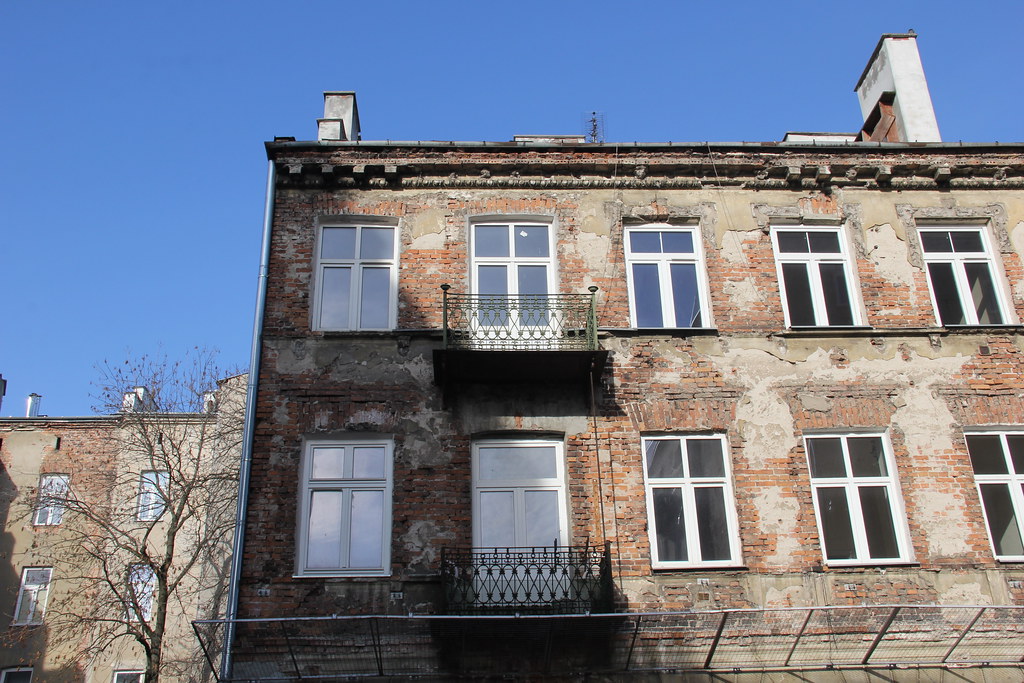

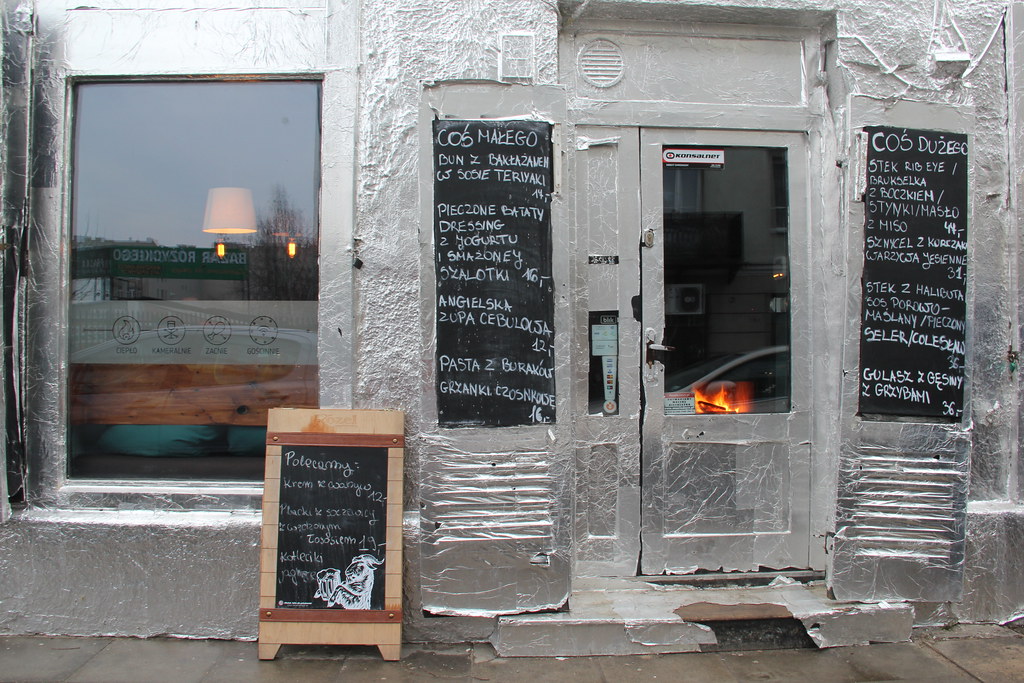



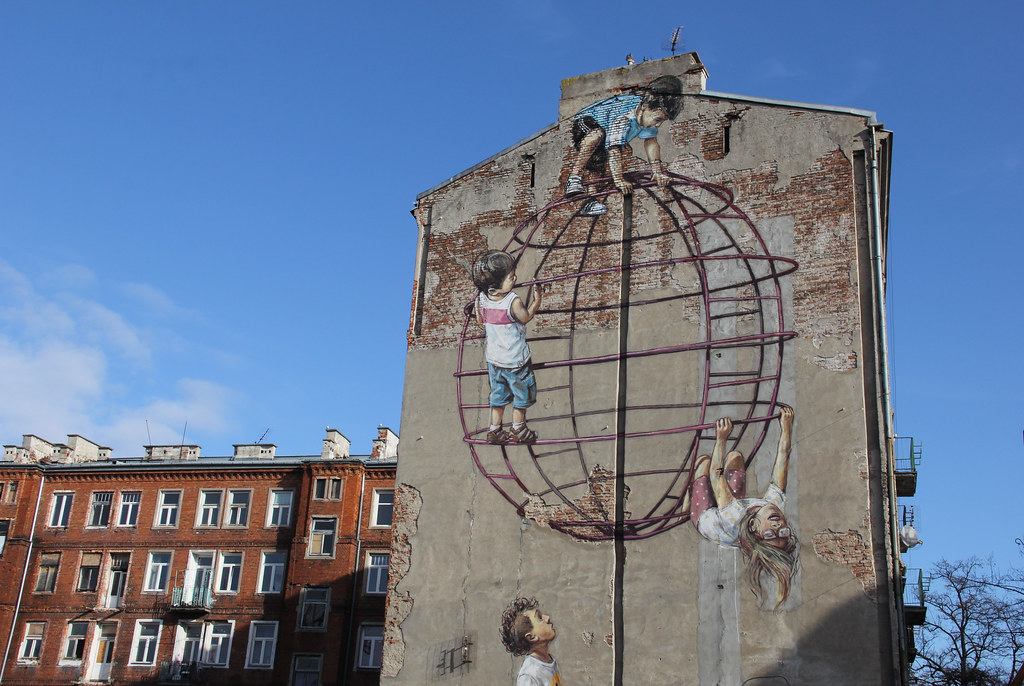




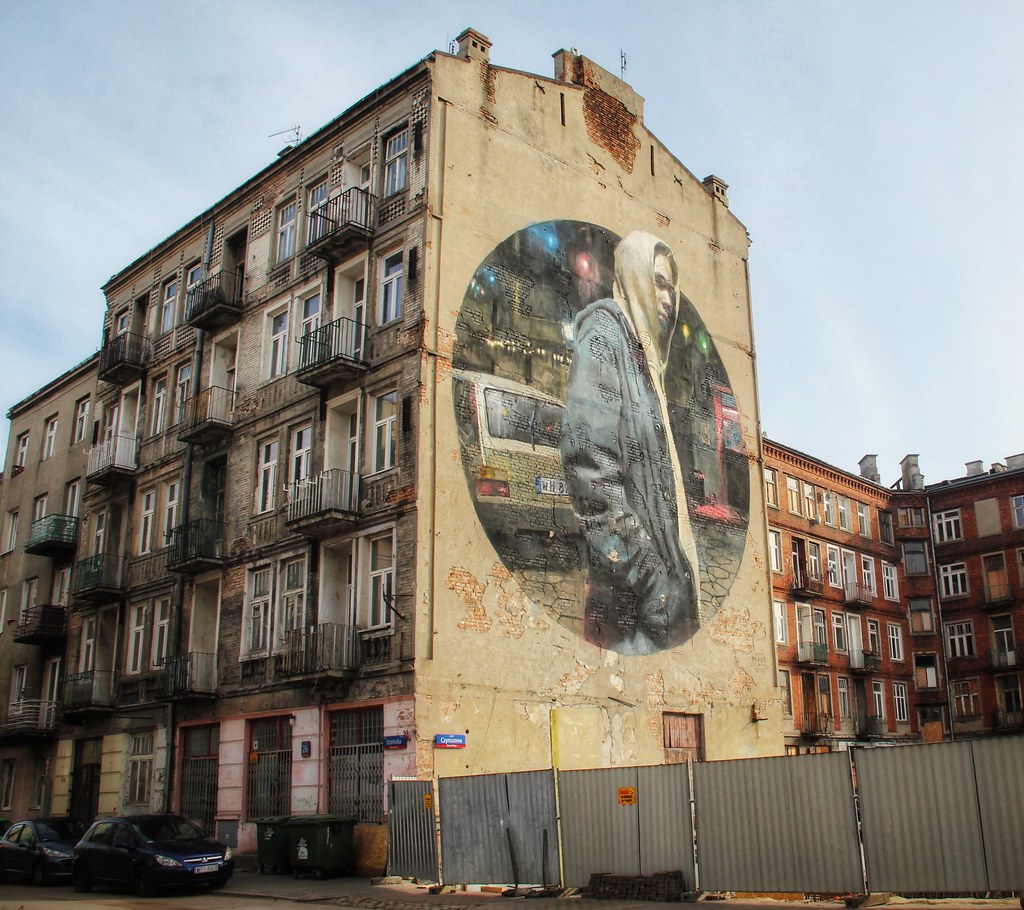


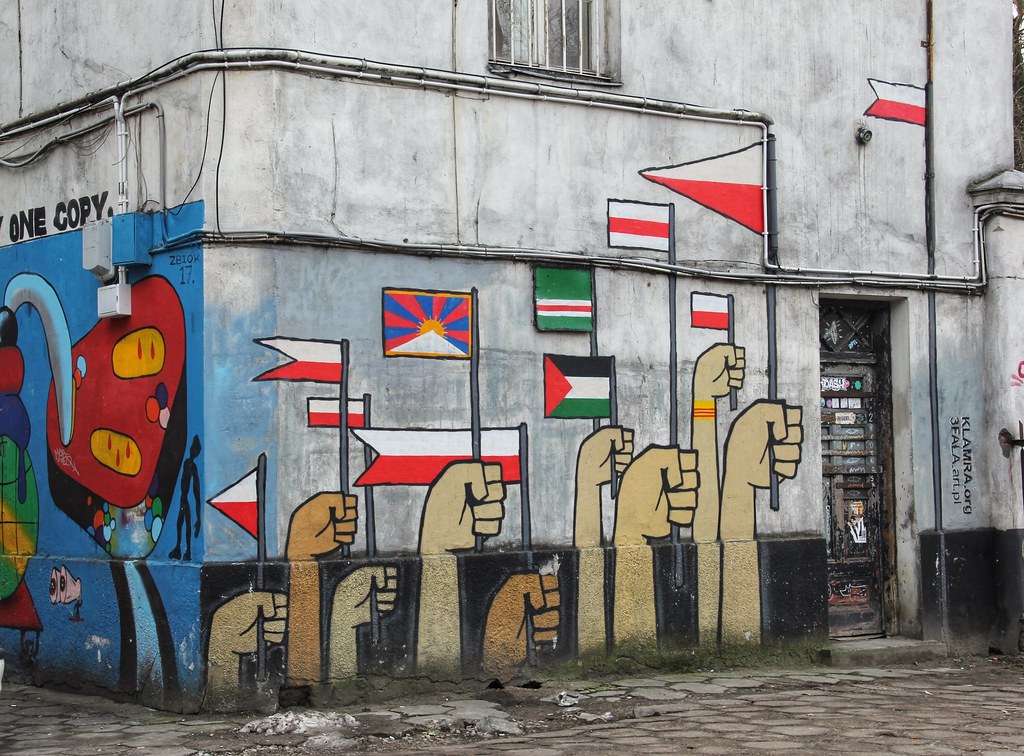
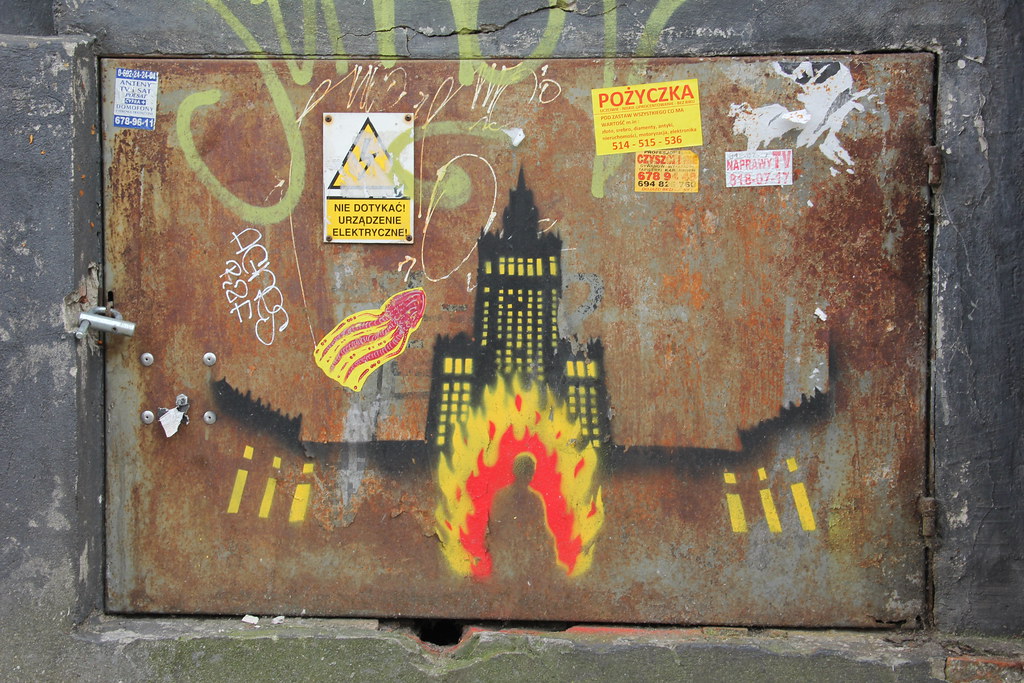

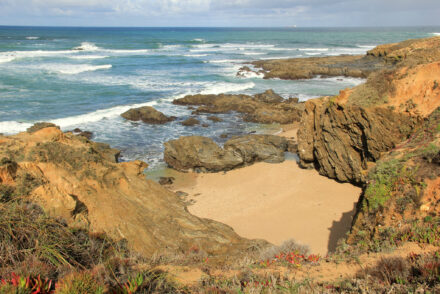



No Comments